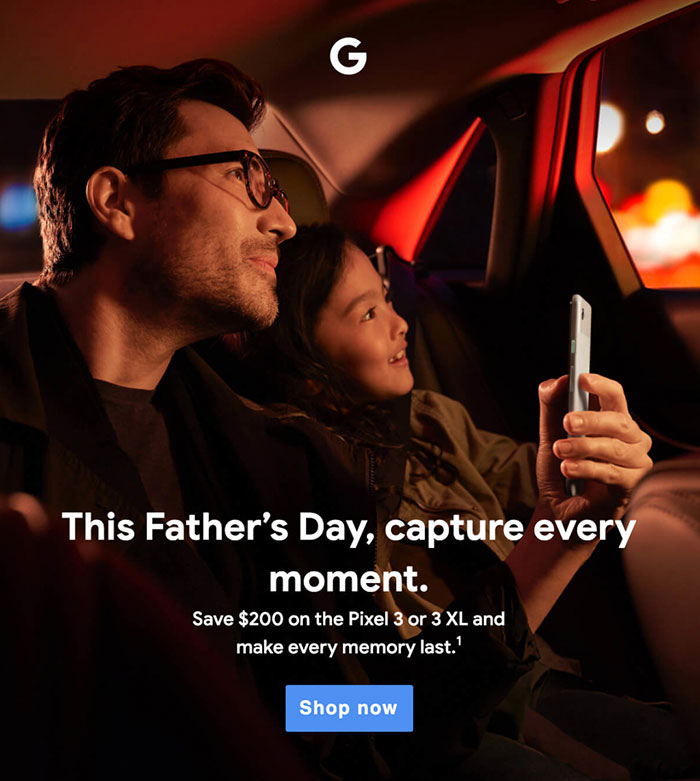Connecting emotion to transaction – the shift from audiences to participants
Christmas is the most wonderful time of the year for brands – a time to tap into the festive spirit that surrounds the holiday season and a time to hit those all-important sales targets.
The best Christmas ad campaigns always pack an emotional punch. And 2022 is no exception. John Lewis has delivered once again, adding a dose of purpose to yet another well-crafted tearjerker, while brands including Amazon, McDonald’s, and O2 are also connecting with viewers' feelings.
There’s a reason for this in that the emotional approach works with audiences. "Empathetic ads that express humor, generosity and humanity" have particular appeal, according to the IPA's recent The Power of Emotion research.
But connecting that moment of emotion when the Christmas TV ad drops to the moment of transaction is no easy task. The game changer is capitalizing on interactive experiences that turn people from audiences into participants. And this approach can be utilized all year-round - especially at a time when people's finances are so under pressure due to the cost-of-living crisis.
It will be a tough challenge for brands to connect with these consumers during difficult times but building greater levels of interactivity, while introducing some fun, is emerging as a powerful way to strengthen connections.
By inviting your consumer to be part of the brand experience you have a greater opportunity to turn a passive audience into an active participant.
What’s also becoming clear is that emotional, interactive experiences, that drive participation can lead to transacting with a brand, even in tough times.
Take consumers on an immersive journey
Yahoo Creative Studios is a full-service creative shop, helping brands to turn audiences in participants, allowing them to simply "tap, play and explore" a mixture of interactive branded content, gaming integrations and immersive experiences.
The studio bases its approach with brands including John Lewis, Kwik Fit, and Lavazza on basic human truths established in educational research. Namely, that we learn 10% of what we read, 20% of what we hear, 30% of what we say, and 90% of what we are part of.

And Yahoo’s own insight, across all stages of the marketing funnel, right through to purchase, highlights that 61% of consumers say experiences that build participation stand out. It’s also the case that 58% of people are more likely to transact with a brand if they’ve been through an experience as part of the journey.
These experiences don’t have to be complex. Often it's a case of thinking how brands can embellish elements of their current activity - of adding interactive elements to established forms of branded content rather than investing in a costly and risky move into virtual reality (VR) and the metaverse.
Yahoo's work with John Lewis on the 2021 ‘Unexpected Guest’ Christmas campaign is a case in point. It created an immersive web experience for My John Lewis customers that took them into the virtual world of the TV commercial.
Importantly, the audience could access on any device, and explore at their own pace. Unlocking rewards, activity packs and finding previous John Lewis characters.
“In that respect it really bridged the gap between the emotion of the ad and the moment of transaction,” says Sam Field, director of innovation and creative partnerships at Yahoo Creative Studios.
Be authentic and understand the value of experience
There are three clear takeaways here for brands when it comes to using participation to drive deeper emotional connection, which in turn leads to more transactions.
The first is to understand your audience. Ask what is it about your brand and campaign that people connect with, and then select the best platforms to deliver against this.
Secondly, there’s no need to separate campaigns into two buckets of “brand” vs “performance,” because upper funnel branded content and performance activity can be married together seamlessly and interactive elements can be applied across both.
For instance, Yahoo recently ran a city-scale AR Scavenger Hunt for Lavazza brand and every touchpoint played its role – digital audio and high impact display all delivered awareness, through to branded articles, video, social media and native advertising driving consideration. But it was the AR experience itself that delivered the highest shifts across the board, including a 22% increase in spontaneous awareness and +41% positive opinion, while also driving people in store.
Thirdly, be brave. Immersive experiences need to feel authentic but it’s also important to have some fun, especially when consumers are feeling so under financial pressure in their lives.
Field concludes: "Above all, remember we are in one of the most exciting periods of media history and on the cusp of a new era of the internet. There are so many creative and exciting opportunities for your brand to help turn audiences into participants, and some brilliant partners to help advertisers turn those participants into brand advocates."


